Turbines Made Simple |Turbines and Motors Demystified: How They Work and Their Applications
Turbines and motors are mechanical devices that convert energy from one form to another to perform useful work. They play a crucial role in various industries, transportation systems, and power generation.
Turbines:
Turbines are machines that extract energy from a fluid flow (usually air, steam, or water) and convert it into rotational mechanical energy. They consist of blades or vanes mounted on a rotor that spins when the fluid flows over or through them. The rotation of the turbine can be harnessed to generate electricity, produce thrust, drive machinery, or power other mechanical systems. Turbines are widely used in power plants for electricity generation, aviation for propulsion, and industries such as oil and gas, water treatment, and manufacturing.
Motors:
Motors are devices that convert electrical energy into mechanical energy. They utilize the principles of electromagnetism to generate a rotating magnetic field, which interacts with conductive coils or magnets to produce rotational motion. Motors are essential for driving machinery, appliances, vehicles, and various industrial processes. Common types of motors include:
Electric Motors: Electric motors are widely used in applications ranging from small household appliances to large industrial machinery. They operate on the principle of electromagnetic induction, where the interaction between a stationary magnetic field and a rotating coil produces mechanical rotation.
DC Motors: Direct current (DC) motors convert direct current electrical energy into mechanical motion. They are commonly used in battery-powered devices, electric vehicles, and applications requiring precise speed control.
AC Motors: Alternating current (AC) motors convert alternating current electrical energy into rotational motion. AC motors are widely used in industrial applications and household appliances, including fans, pumps, compressors, and HVAC systems.
Induction Motors: Induction motors are the most commonly used type of AC motor. They rely on electromagnetic induction to produce a rotating magnetic field in the rotor, allowing the motor to rotate. Induction motors are durable, reliable, and have a wide range of applications.
Synchronous Motors: Synchronous motors operate at a fixed speed, synchronized with the frequency of the power supply. They are commonly used in applications where precise speed control is required, such as in industrial machinery, clocks, and synchronous generators.
Turbines and motors are critical components in various industries and sectors, enabling the conversion of energy into mechanical power. They provide the necessary force and motion to drive machinery, generate electricity, propel vehicles, and power countless applications that contribute to our modern way of life.
-
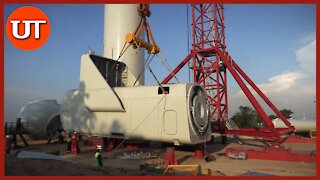 2:49
2:49
Unimaginable Technology
2 years agoMammoet: wind turbine generator installation in less than 24 hours
3821 -
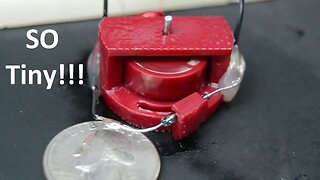 9:14
9:14
GarageScience
1 year agoUltimate Mini Pulse Motor!!! ~ With Transistor Motor Controller!!!
38 -
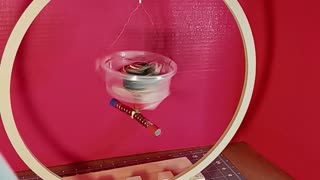 3:38
3:38
MagneticPropulsion
1 year agoEarth Field Magnet Motor as Fast as an N20 Can Turn It
67 -
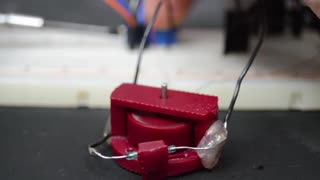 0:58
0:58
GarageScience
1 year agoUltimate Mini Pulse Motor Throttling!!! ~ Transistor Motor Controller
15 -
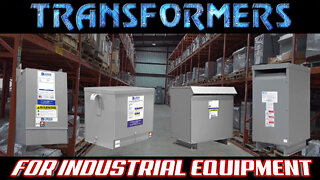 1:19
1:19
Larson Electronics - American Made and Manufactured Industrial Lighting and UVC Products
1 year agoUsing Industrial Equipment? You Need These Power Transformers
13 -
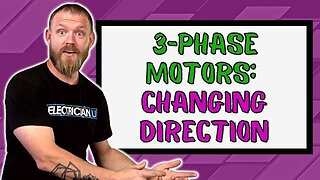 11:11
11:11
Electrician U
1 year agoHow Do You Change Rotation Direction in Three Phase Motors
1751 -
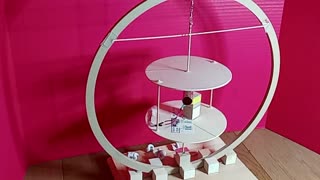 4:39
4:39
MagneticPropulsion
1 year agoBigger Permanent Magnet Statorless Earth Motor
17 -
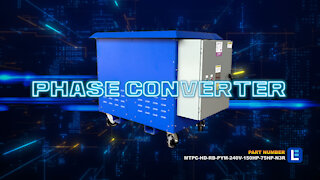 1:41
1:41
Larson Electronics - American Made and Manufactured Industrial Lighting and UVC Products
2 years agoRotary Phase Converter for 75HP Hard Loads, 208V Single Phase to 3 Phase Pony Motor
221 -
 12:37
12:37
Motion Magnetics
1 year agoGravity Generator Concept and Design
6259 -
 1:20
1:20
kreynolds112358
3 years ago $0.02 earnedBuilding my first axial flux BLDC motor. Details in the description.
2064